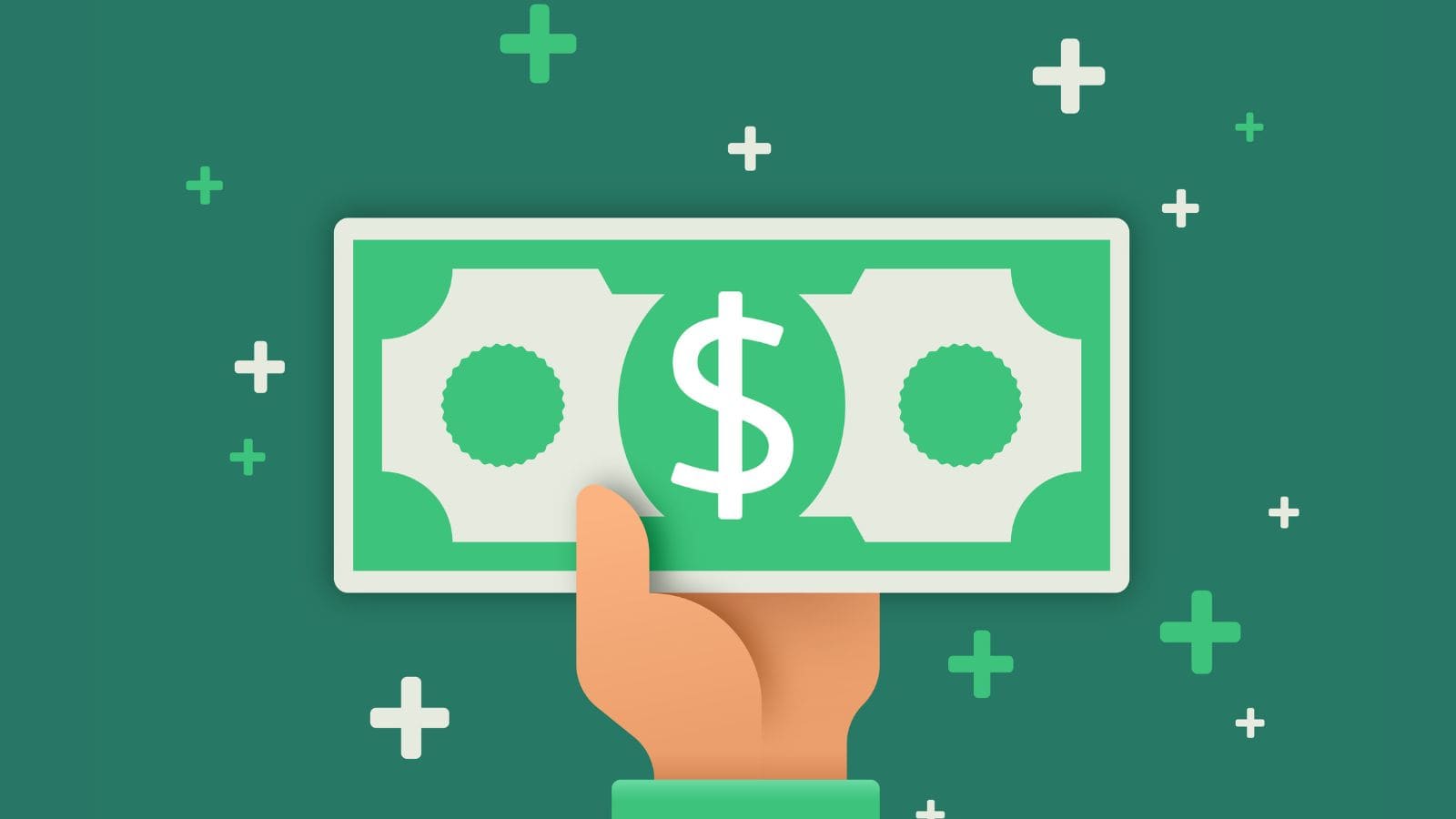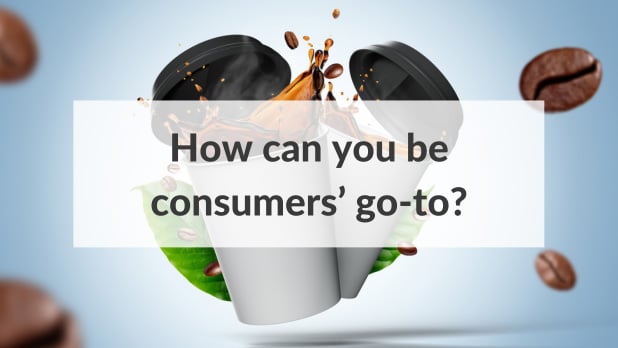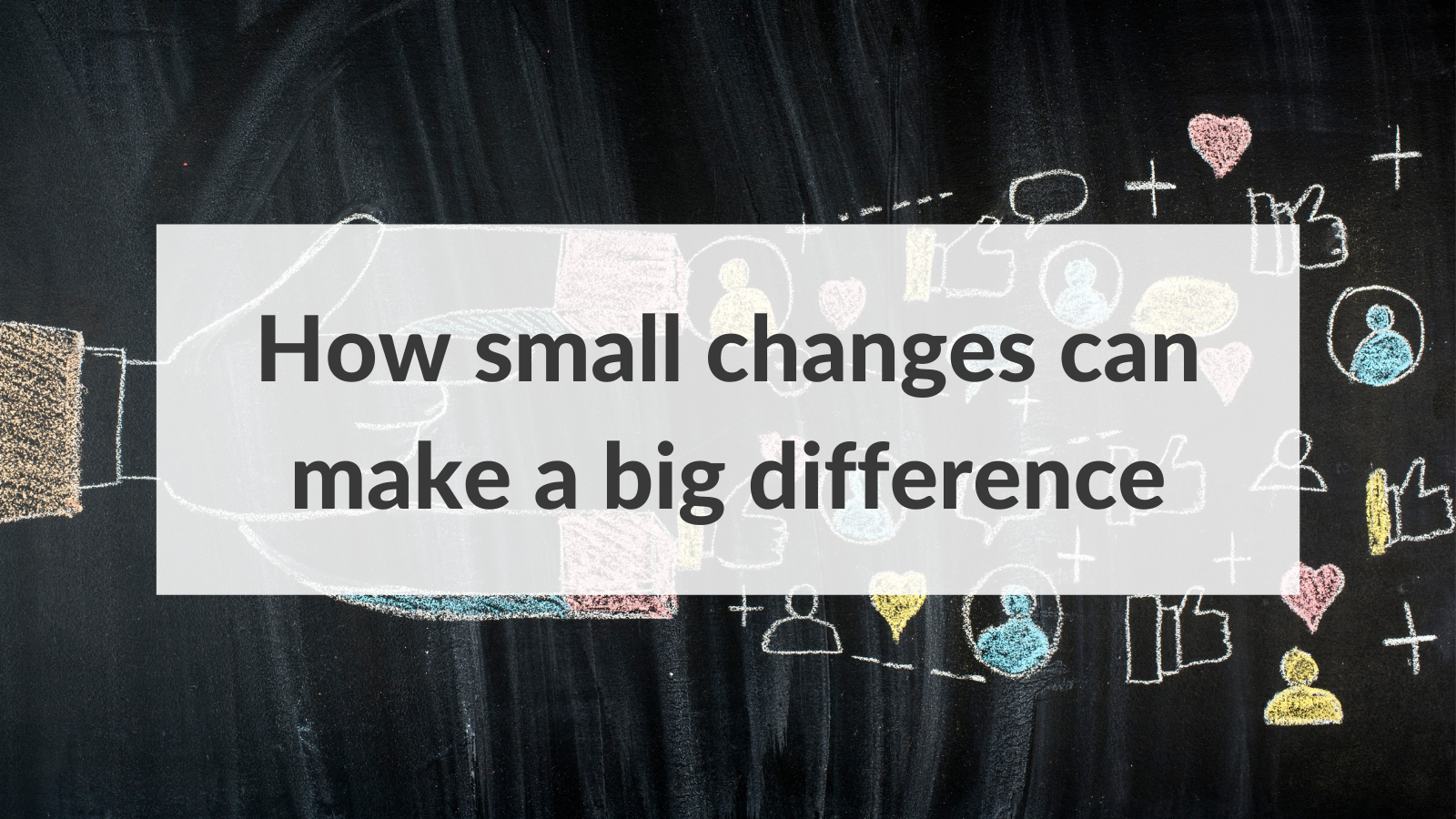Coffee Customers are Thirsty for More
Coffee remains a hot commodity for consumers. Drive Research reported that 74% of Americans drink coffee every day*. In a recent consumer survey...

Consumer trends over the past few years have been volatile, to say the least. As concerns shifted away from health and safety, we saw traditional motives like cost and convenience return. Meanwhile, supply chain issues and a demand for higher wages have increased operational costs for businesses.
2022 saw rising concerns around economic instability and the cost of living. This made already cost-conscious consumers even more mindful of where they spend their money. As a result, discount stores have seen a significant rise in popularity.
So, what can businesses do to avoid losing their customers to competitors whose entire branding is focused on affordability? Here we’ll look at the impact rising prices have had on discount stores and what you can do about it.
Consumer confidence in the economy plummeted in 2022. Nearly twice as many consumers reported being pessimistic about the economy according to a survey conducted by McKinsey & Company.
Despite some positive signs towards the end of 2022, consumer behaviors are formed by daily experiences more than economic predictions. The top three expenses for the average American family according to the U.S. Bureau of Labor Statistics are housing, transportation, and food. As a result, they are the first places consumers will feel the squeeze as well as look to save money.
Discount store brands are built around affordability. This makes them naturally attractive to consumers looking to reduce their spending. And the data coming from this industry has been trending up leading into the new year.
Grocery Outlet Bargain Market reported their net sales jumping 19.4% in Q3 of 2022. According to Placer.ai's Quarterly Index, in December, discount stores experienced almost 50% more weekly visits compared to pre-pandemic numbers. But this growth isn’t limited to just the latter part of 2022.
In 2021, discount brands made up half the top 10 US retailers based on store openings. In fact, Dollar General held the #1 spot. The discount variety chain has gone from 5,000 locations in 2001 to 18,800 in 2022 and is planning to add another 2,000 in 2023. Aldi, the discount grocer who was #9 on that list from 2021, has averaged 95 store openings per year from September 2018 to September 2022. This brings them to over 2,000 stores across the US.
When faced with competitors promoting affordability, it’s important to distinguish between cost and value. Brands have limited ability to simply reduce the price of their products and services. But they can add value in other ways.
A great way to add value to every transaction, and promote repeat shoppers, is with loyalty programs. Loyalty programs are popular among consumers. A survey conducted by Intouch Insight found that 94% are members of at least one. And 76% of consumers said they would choose to shop with a brand that has a loyalty program over one that does not. This is because loyalty programs offer some additional value to transactions.
Expanding the goods and services provided by your locations can also add value. As mentioned earlier, transportation is one of the top three household expenses. So brands that can offer a more efficient shopping experience by minimizing the number of visits to different establishments will inherently add value. This is why channel blurring, brands offering services not traditionally associated with their industry, has become increasingly popular.
Ultimately, the best way to determine what your customers value, and how you can provide them with more of that, is via ongoing customer experience (CX) management. For more information on CX management see our all-new 2023 CX Toolkit or contact us.

Coffee remains a hot commodity for consumers. Drive Research reported that 74% of Americans drink coffee every day*. In a recent consumer survey...

Rising inflation and concerns about economic instability have both brands and consumers concerned. But, after years of pandemic-related restrictions...

As anyone who has recently filled up their gas tank or purchased groceries will tell you, the cost of living just keeps going up. Consumer reactions...